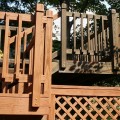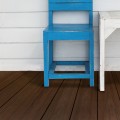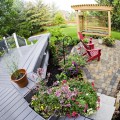Grooved vs Ungrooved Composite Decking: What’s the Difference
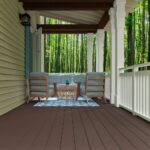
The materials for your outdoor space matter, just as much as those for your interior rooms. Composite decking is a convenient and durable choice, whether you use your outdoor space for entertaining, playing with the kids, or just lounging after work with a glass of wine and a good book. Now that you know what decking material you prefer, it’s time to choose between grooved and ungrooved composite deck boards.
The main difference between grooved and ungrooved composite decking lies in the construction of their sides. A grooved board features a notch or channel down the edges, while a solid board is groove-free. This does not substantially impact your deck’s overall look, but it does change how you install the decking.
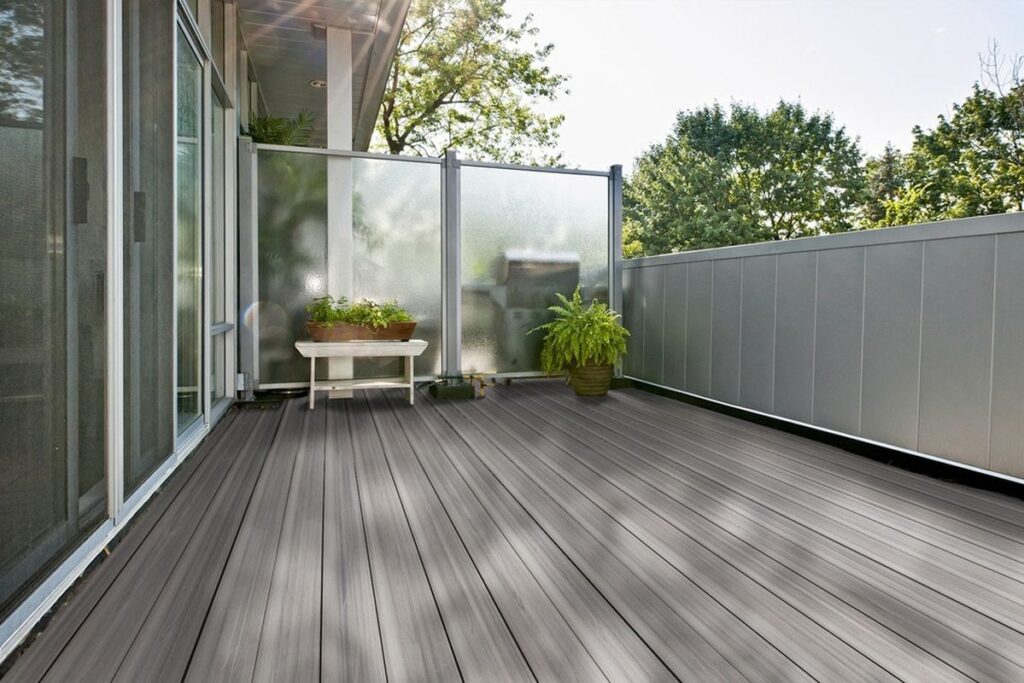
Finishing and Fasteners
With ungrooved boards, you drill composite deck screws into the top of the boards to secure them in place. If you purchased grooved boards, you will drill screws into separate fasteners that also serve as spacers during installation. Because the fasteners used for grooved boards aren’t visible after installation, some homeowners prefer them.
Your board manufacturer of choice might also influence whether you use grooved or non-grooved boards. For example, manufacturers such as Pravol make both types of boards, while some brands specialize in just one or the other.
When to Use Grooved Boards
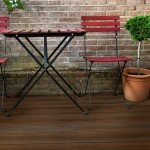
Transform the look of your outdoor living space with premium composite wood decking. Featuring Pravol Dura-Shield Ultratex Composite Decking in Walnut. SKU: 10100549
As mentioned, some people feel that grooved boards produce a more polished look. With no visible screws, the beauty of the wood grain pattern takes center stage. If you aren’t sure whether your deck design plans suit available fasteners, ask a professional for guidance.
Installing grooved boards with hidden deck fasteners also helps with the safety of your deck since you won’t ever have to deal with surface nails coming in contact with bare feet.
When to Use Ungrooved Boards
Because grooved boards require fasteners, they sometimes end up with wider gaps between boards. While this is by no means a safety risk, families with kids and pets who find it easier to hop, skip, and run across smoother surfaces might prefer ungrooved boards for this reason. Those who wear high heels might prefer this as well. Ungrooved boards produce less of a gap, which equates to a smoother surface.
Additionally, if you install a deck on the second or higher story of your home, ungrooved boards make the deck less likely to pour water down to the level below when it rains. There are smaller spaces through which wind can blow, as well, which means the deck is quieter.
When to Use Both Grooved and Ungrooved Boards
Some decking installations require both grooved and ungrooved boards. For example, if you decide to picture-frame your deck, you might use non-grooved boards for most of the job, but frame it with grooved boards to produce a finished, square-edge result.
Your choice of composite decking should reflect your personal aesthetic tastes and functional needs. Compare several different styles and types so you understand your options.
What type of boards are you considering for your deck renovation?


